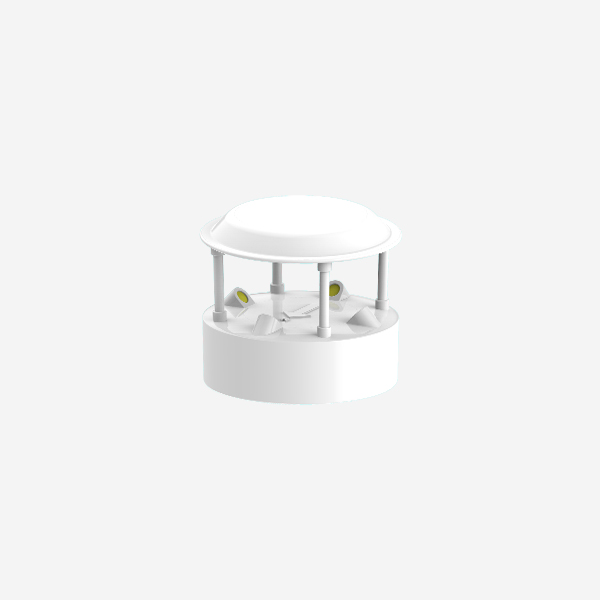Do you know the wind direction instrument
A wind direction instrument, also known as a wind vane or weather vane, is a device used to measure and indicate the direction from which the wind is blowing. It plays a crucial role in various applications, including weather forecasting, aviation, maritime navigation, and outdoor activities. This article will explore the importance and functionality of wind direction instruments, as well as their impact on enhancing safety and decision-making.

Functionality and Design
Wind direction instrument consist of a freely rotating vane, typically shaped like an arrow, mounted on a vertical axis. The vane pivots in response to the wind, aligning itself with the prevailing airflow. The instrument is marked with cardinal directions (north, south, east, west) or degrees to indicate the wind direction accurately
Construction materials for wind vanes vary, with common options including lightweight metals, such as aluminum or stainless steel, or durable plastics. The materials used must be resistant to corrosion and capable of withstanding harsh weather conditions to ensure long-term reliability.
Applications in Weather Monitoring
In weather forecasting and meteorology, wind direction is a critical parameter for understanding and predicting weather patterns. Weather stations equipped with wind direction instruments provide valuable data for meteorologists, enabling them to develop accurate weather models and issue timely warnings. Additionally, wind direction information helps determine local climate patterns, air pollution dispersion, and the transport of airborne contaminants.
Role in Aviation and Maritime Navigation

Wind direction instrument are integral to aviation and maritime navigation. Pilots rely on wind awareness during takeoff, landing, and flight planning. Knowing the wind direction in relation to aircraft movements allows pilots to optimize fuel consumption, calculate groundspeed, and plan flight paths efficiently. Similarly, sailors and navigators use wind direction to adjust sails, determine the best course, and avoid hazardous conditions while at sea.
Outdoor Activities and Safety

Wind direction instruments are also popular among outdoor enthusiasts engaging in activities such as hunting, hiking, camping, and paragliding. Accurate wind information helps these individuals make informed decisions, such as choosing safe camping spots, identifying suitable hunting blinds, or selecting launch sites for paragliding. Understanding wind direction helps prevent accidents and ensures a better overall experience while enjoying outdoor pursuits.
Advanced Features and Technology Integration
In recent years, wind direction instruments have seen advancements in technology integration. Some devices are equipped with wireless capabilities, allowing data to be transmitted to smartphones or other devices for real-time monitoring. This enables users to access wind direction information remotely and make informed decisions based on up-to-date data.
Furthermore, certain weather monitoring systems integrate wind direction instruments with other meteorological sensors like anemometers (wind speed indicators) and barometers (air pressure measurements). The combination of multiple sensors provides a comprehensive understanding of weather conditions, facilitating accurate weather forecasting, and enabling better planning and risk management.
Conclusion
Wind direction instruments play a vital role in weather monitoring, navigation, and outdoor activities. By providing accurate wind direction information, these devices enhance safety, improve decision-making, and optimize various operations. Whether in meteorology, aviation, maritime navigation, or outdoor adventures, wind direction instruments are valuable tools that contribute to our understanding of the environment and improve our ability to navigate and adapt to changing weather conditions.
